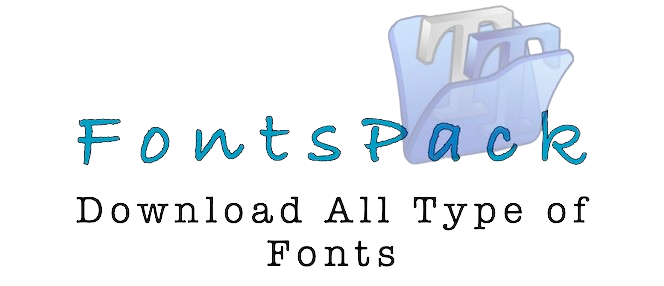Download Freaky Emoji Pack for Android & iPhone – 100+ Crazy Faces
What Does the Freaky Emoji Mean? [Full Guide + Examples] This heading means that the article will tell you everything about the freaky emoji – what it means, why people use it, and how you can use it too. Sometimes, emojis can look strange, funny, scary, or confusing. A freaky emoji might make you feel … Read more
